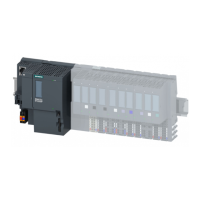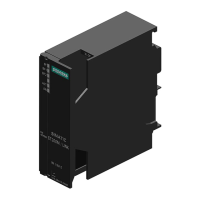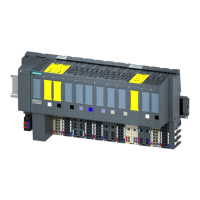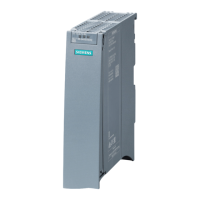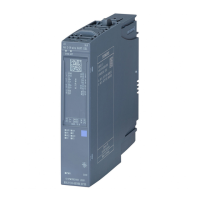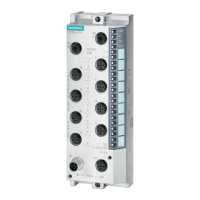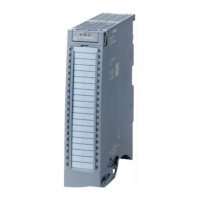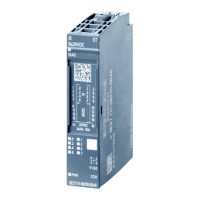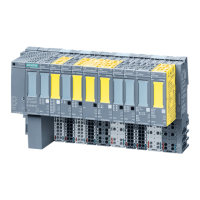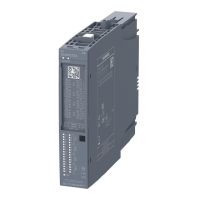Commissioning
7.6 Backing up and restoring the CPU configuration
CPU 1516pro-2 PN (6ES7516-2PN00-0AB0)
Operating Instructions, 09/2016, A5E35873416-AA
85
You can find additional information on the procedure in the STEP 7 online help.
Emergency address (Emergency IP)
The emergency address (emergency IP address) of a CPU is intended for diagnostic and
download functions, e.g. when the CPU is no longer accessible via the IP protocol after a
wrong project is downloaded. For information on the emergency address, refer to an FAQ on
the Internet (https://support.industry.siemens.com/cs/ww/en/view/97649773
).
Storage of multilingual project texts
When you configure a CPU, texts of different categories result, e.g.
● Object names (names of blocks, modules, tags, etc.)
● Comments (for blocks, networks, watch tables, etc.)
● Alarms and diagnostic texts
Texts are made available by the system (e.g. diagnostic buffer texts) or created during the
configuration (e.g. alarms).
Texts exist in the project in one language or, after a translation process, in multiple
languages. You can maintain project texts in all languages available to you in the project tree
(Languages & resources > Project texts). The texts produced when configuring can be
downloaded to the CPU.
The following texts are downloaded in the selected languages with the project data to the
CPU and are also used by the Web server/CPU display:
● Diagnostic buffer texts (cannot be changed)
● Status texts for the module status (cannot be changed)
● Alarm texts with associated text lists
● Tag comments and step comments for Graph and PLC Code Viewer
● Comments in watch tables
The following texts are also downloaded in the selected languages with the project
languages to the CPU but are not used by the Web server/CPU display:
● Comments in tag tables (for tags and constants)
● Comments in global data blocks
● Comments of elements in block interfaces of FBs, FCs, DBs and UDTs
● Network titles in blocks written in LAD, FBD or STL
● Block comments
● Network comments
● Comments of LAD and FBD elements
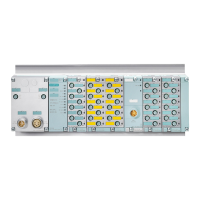
